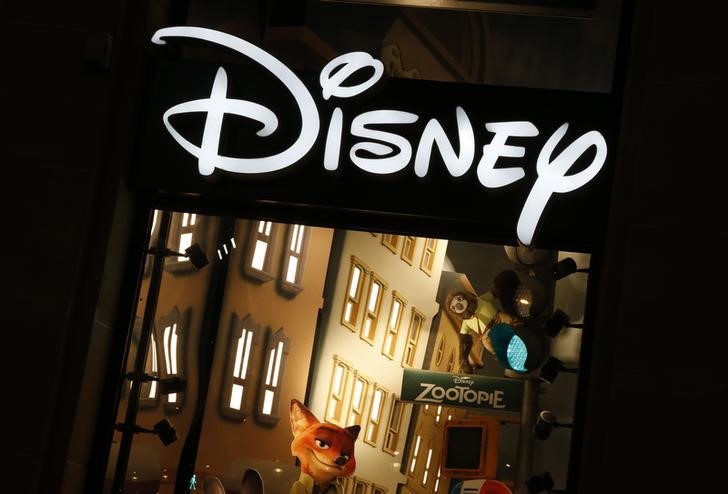Investing.com — A new batch of economic data offers an additional view of the U.S. inflation picture. Meanwhile, Disney’s flagship streaming service is hit by an exodus of subscribers and U.S. Treasury Secretary Janet Yellen issues another warning about the debt ceiling standoff.
1. Futures steady ahead of fresh inflation and labor market data
U.S. stock futures pointed slightly higher on Thursday, but hovered around the flatline, with investors looking ahead to the release of new data that should provide more detail into the state of inflation in the world’s largest economy.
At 05:15 ET (09:15 GMT), the contract was up 37 points or 0.11%, traded 12 points or 0.30% higher, and gained 45 points or 0.34%.
The main indices registered a mixed close on Wednesday after data showed that U.S. growth eased marginally in April, but was still well above the Federal Reserve’s 2% target. However, the slowing helped bolster expectations that the would push pause on a long-running interest rate hiking cycle at its next policy meeting in June.
More clarity on the outlook for inflation is expected later today in the form of the latest producer price index (see below). Fresh weekly numbers may also give a glimpse into another area of concern for the Fed: the strength of the U.S. labor market.
2. Investors eye PPI
Economists project that the – a measure of inflation at the wholesale level – will show a month-on-month uptick of 0.3% in April, up from a surprise decline of 0.5% in March.
But on an annual basis, the is expected to rise 2.4%, cooling from the prior month, when the gauge slowed to its smallest year-on-year increase since January 2021.
Should this forecast come to pass, it could add more credence to the emerging narrative that the Fed can afford to halt (even if temporarily) its aggressive policy tightening campaign.
3. BoE stares down stubborn inflation
Across the pond, the Bank of England is holding its latest policy-setting meeting, with policymakers expected to sign off on a 12th consecutive hike in borrowing costs.
Economists widely tip the to hike rates by a further 25 basis points, following in the footsteps of both the Fed and the .
The projections would bring interest rates in the U.K. up to their highest level since 2008, as the BoE desperately attempts to bring sky-high price growth back down to Earth. The in the country jumped by an annualized rate of 10.1% in March, above any other major economy, although the BoE anticipates that inflation will decelerate sharply by the end of the year.
4. Subscribers ditch Disney+
Walt Disney Company (NYSE:) shares slipped by more than 5% in premarket trading after the entertainment giant reported its largest ever quarterly drop in subscribers to its flagship Disney+ streaming service.
Four million customers left the service in the January to March period, bringing total subscribers down to 157.8 million. The loss of the rights to stream Indian Premier League cricket games was cited as one of the main reasons for the defections.
Price hikes also convinced subscribers to ditch the service, although the move helped Disney+ generate a three-month loss of $659 million which was an improvement from the $1 billion decline registered in the prior quarter.
Analysts fretted over what the exodus could mean for the division’s ability to post a profit in the face of fierce competition from rivals like Netflix (NASDAQ:) and Amazon (NASDAQ:).
5. Yellen warns of the “unthinkable”
U.S. Treasury Secretary Janet Yellen has issued yet another dire warning about what awaits the country if lawmakers fail to reach an agreement to lift the $31.4 trillion borrowing limit.
Speaking in Japan ahead of a meeting of G7 finance ministers, Yellen said a U.S. default on its debt obligations could lead to “dreadful consequences” that would damage Washington’s leadership credentials and impact the global economy.
“I think it should be regarded by everyone as unthinkable,” she added.
Despite Yellen’s sentiments, U.S. President Joe Biden and Republican leaders in Congress appear no closer to ending their standoff, with both sides at odds over federal spending plans.
Read the full article here
